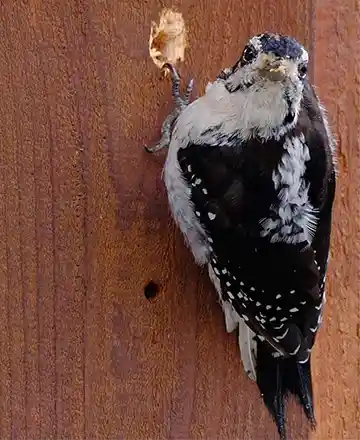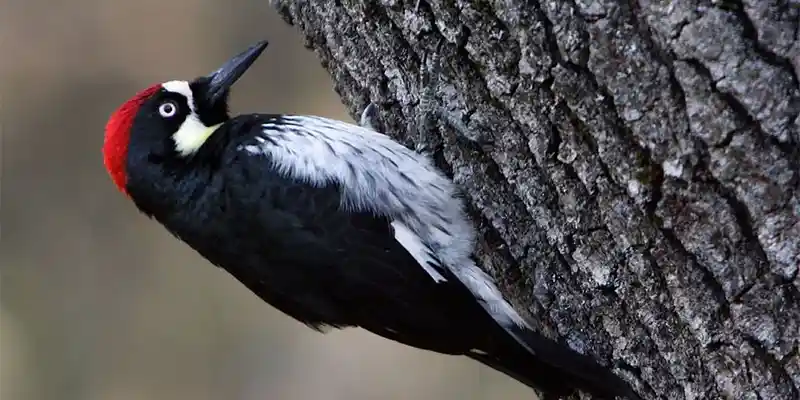3 MIN READ
Updated: 05/02/2023
Why Are The Woodpeckers Damaging My Home’s Siding?
Springtime. The clocks move forward, and the environment comes alive with a renewed abundance of plant and animal life. Every year about this time we get calls, and emails, from homeowners throughout the Pacific Northwest to repair bird damage caused by Woodpeckers and Flickers. Our clients are looking to repair the damage and find solutions to prevent future issues. The problem in and of itself is easy to define. Birds have pecked damaging holes in your home or building. However, making an informed decision for the next steps requires an understanding of why this is happening.
How much damage can woodpeckers do to my home?
Believe it or not, these small birds cause damage on a large scale. Homes and buildings in wooded suburban neighborhoods or rural areas are the most affected. It is estimated that the cost of bird damage in these areas averages $1k+ per home and millions of dollars in North America annually.
To add insult to injury, most homeowners’ insurance does not cover bird, rodent, or insect damage. Most policies consider these damages as routine maintenance and the homeowner’s responsibility. Often the cost to repair is less than the average deductible and not worth it. However, it’s a subtle reminder not to let these repairs slip as they can become more costly over time.

5 ways you can discourage woodpeckers and flickers from damaging your home?
Woodpecker Damage Repair Contractor
Keep in mind these are only temporary solutions. To repair woodpecker damage properly, you need to contact a good contractor to repair the siding damage. If you live in a wet climate, like the Pacific Northwest, or have woodpeckers damage make sure it is a contractor specializing in siding repair and waterproofing. More than likely, your wall cavity and the weather-resistant barrier will need to be repaired along with the siding, and you need someone skilled on your home’s exterior envelope system.


